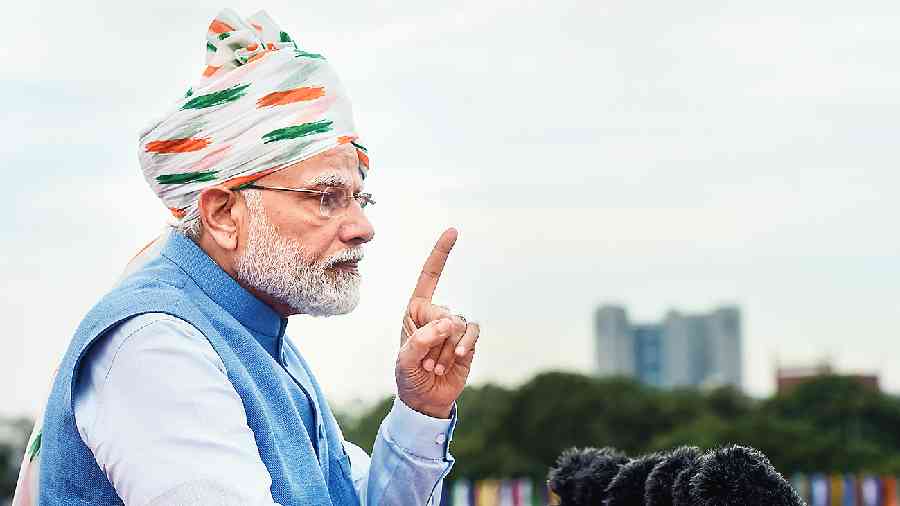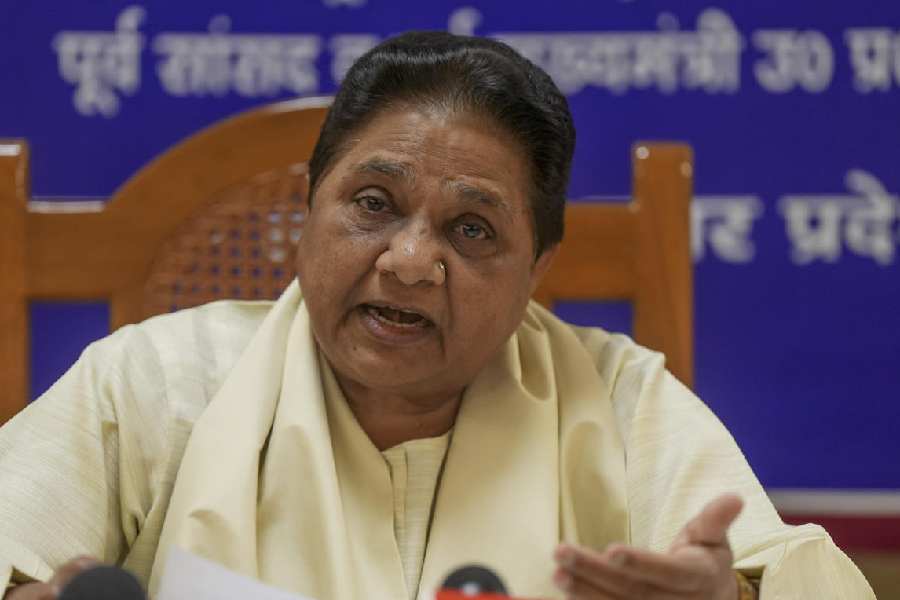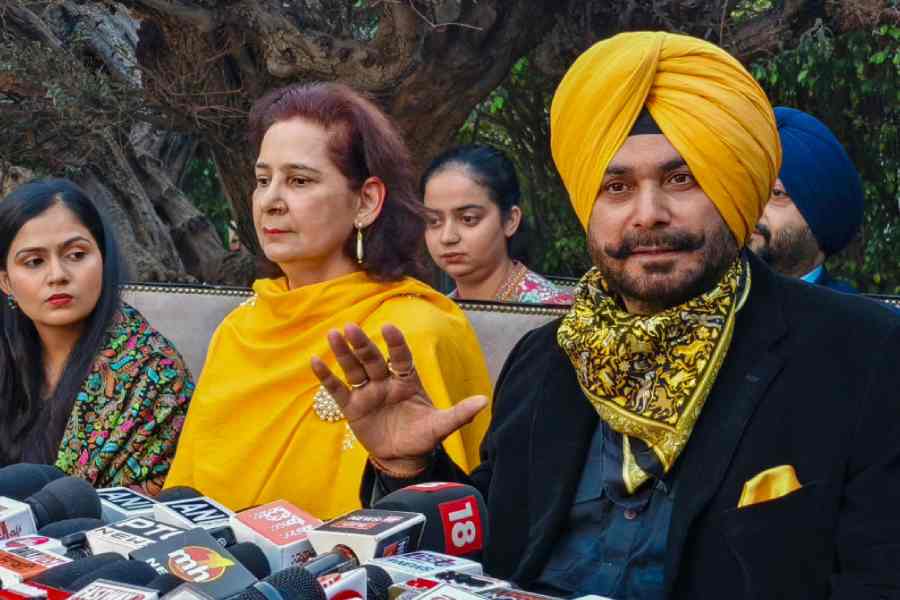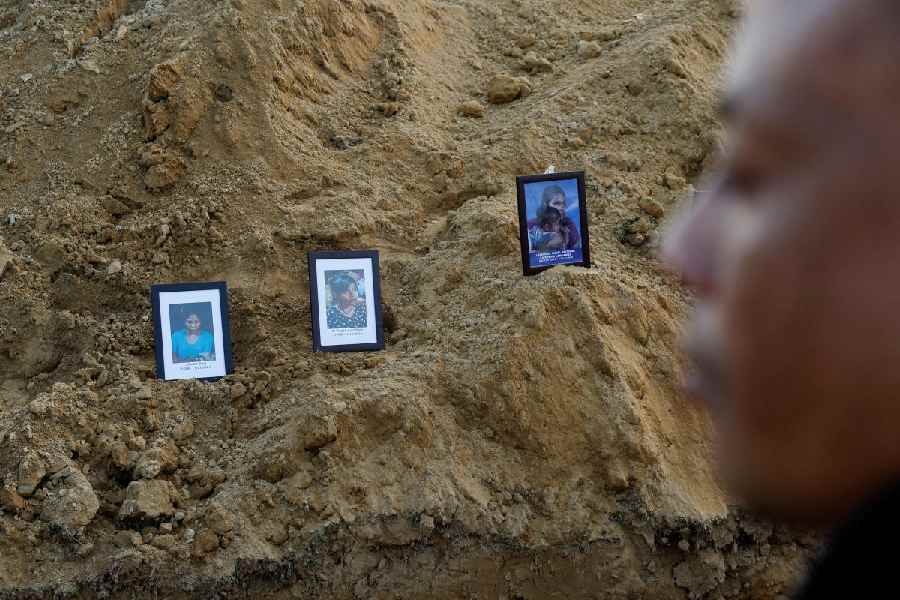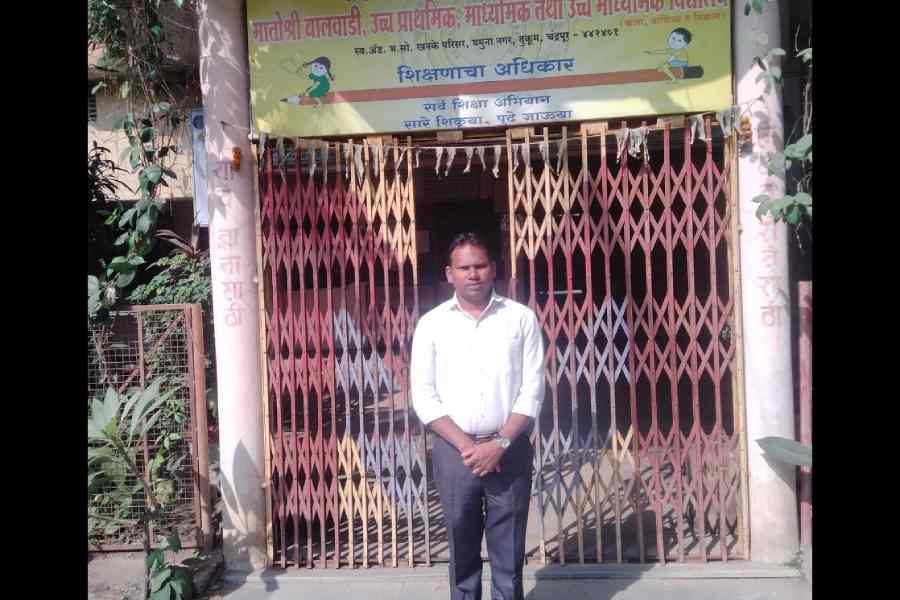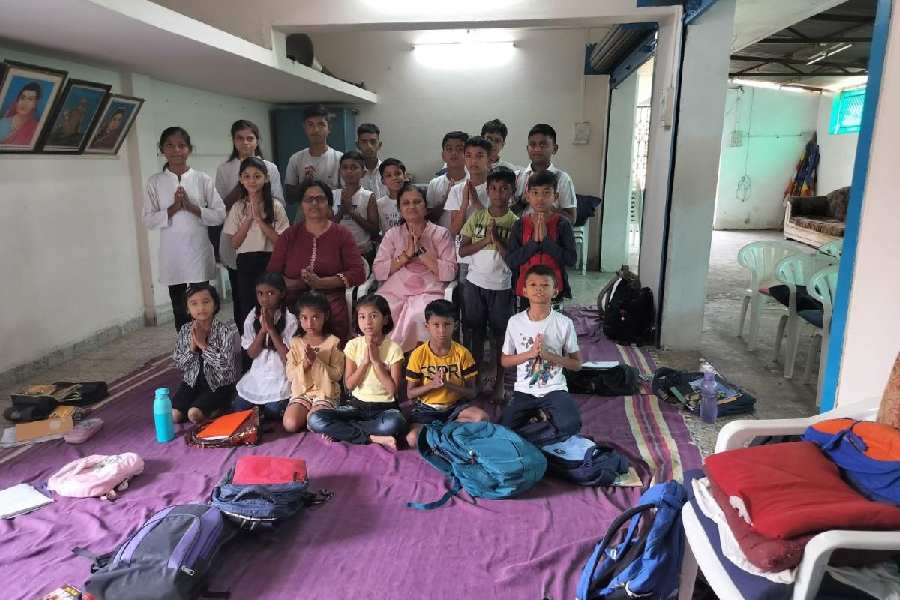In 2019 I received in the mail a small vinyl-covered booklet in light blue, embossed with three golden lions. It is my overseas citizen of India (OCI) card, a privilege for which I qualify as the daughter and granddaughter of people who “belonged to a territory that became part of India after August 15, 1947” — India’s Independence Day, 75 years ago.
My grandparents, who remained Indian citizens despite emigrating to the United States, were fervent proponents of the ideals held by Mohandas Gandhi and India’s first Prime Minister, Jawaharlal Nehru, for a secular Indian republic committed to democracy and the equality of all people. My OCI status is a sort of heirloom, a beacon of an earlier generation’s hopes flickering faintly on the receding shore of the past.
My family lived in Calcutta on Independence Day, but my grandparents were born in East Bengal, which in 1947 became East Pakistan, which in 1971 became Bangladesh, yet I could not have qualified as an OCI had I been the daughter, granddaughter or great-granddaughter of Bangladeshi or Pakistani citizens.
The OCI card, created in 2005 to appeal to the wealthy Indian diaspora, is an emblem of restrictions on who counts as Indian and what India even is. These have been sharply tightened since 2014 by the government of Narendra Modi, which has presided over a broad assault on the principle of equal rights for all in order to refashion India into a Hindu nationalist state.
Historians can reel off a list of things that contributed to the rise of Prime Minister Modi’s fascistic regime. Let’s start with how, after years of milking India’s wealth and labour, the British tore the country in two and ran away in a matter of weeks, leaving millions to the carnage of partition. Nehru’s liberal, secular vision managed to stave off ferocious Hindu nationalism — one of whose foot soldiers assassinated Gandhi in 1948 — but he failed to deliver the anti-caste egalitarian democracy championed by B.R. Ambedkar.
Independent India retained colonial laws concerning sedition and hate speech, enabling prosecution of scores of political protesters and critics. Democracy too soon became dynastic. Nehru’s daughter Indira Gandhi suspended democracy entirely during the Emergency (1975-77); her son and successor Rajiv’s administration was tainted by corruption; his son Rahul now belongs to a shambling, ineffective Opposition.
The ascent of Hindu nationalism in India offers stark parallels with the rise of white supremacism and antidemocratic tendencies in the US. For me, the comparisons are far more than academic. I was born and raised in the US, to a Jewish American father and upper-caste Bengali mother, and grew up in the 1980s and 1990s with a sense of Americanness and Indianness at once enriched and complicated by the particularities of my appearance, family history, social status and privileged life experience.
I have always interpreted the national projects of India and the US in relation to one another. I have felt profound forms of connection and belonging, as well as alienation and discomfort, in both places. I live in the US, but India is where everyone can spell my first name, the only place in the world where I and my sari-wearing mother can go clothes shopping together. I travelled the length and breadth of India long before I saw the American West, and made it a focal point of my scholarship.
But I didn’t grow up with a knowledge of any Indian language, which was a deficiency I felt especially acutely as I watched Modi’s rise with a sickening sense of resonance with what was happening in the US under Donald Trump. As both nations became less recognisable to me, I felt compelled to step in for a closer look at India. After four decades of engaging with India only in English, which is spoken widely but chiefly by an educated elite, I seized the chance of a sabbatical leave four years ago to study Hindi.
Choosing Hindi over other languages — notably Bengali, my mother’s native tongue — was itself personally and politically conflicted. I was raised to take pride in Bengali literary and intellectual traditions personified by Rabindranath Tagore. Hindi by contrast has been at various times promoted by the central government — including under Modi — over and above India’s 21 other scheduled languages, a move furiously resisted by speakers of those languages, especially in the south. Yet Hindi is the most widely spoken language in India, with an elevated status in official and popular culture. It was the better choice for grasping the texture of India today.
I moved to Delhi for six months and started taking lessons from a teacher named Ali Taqi, beginning with the ABC’s (ka, kha, ga). Gradually the letters clicked into words and I began spelling out the ubiquitous slogans that adorn Indian streets.
“Swachh Bharat,” I read on walls — the words encircled in a pair of Gandhi’s spectacles. This was the name of a 2014 sanitation campaign intended to make India “open defecation free” in five years. “Beti bachao, beti padhao,” I read on the back of a bus (“Save the girl, educate the girl”). This was the name of a 2015 project to combat selective abortion, female infanticide and deeply unequal access to education.
In daily news reports, I saw how these initiatives were belied by other government actions. There was the disgraceful response to the horrific gang rape and murder of an 8-year-old Muslim girl in Kathua, Jammu, when local BJP ministers attended a rally in support of the men accused of her attack. Only after a public outcry and protests did the Prime Minister step in to condemn what had happened, and the ministers resigned.
Then there was the failure to address the choking pollution — from vehicles, factories and burning fields — that was making the air in major Indian cities literally toxic, and had lowered life expectancy in Delhi by nearly a decade. As to “Swachh Bharat,” the BJP was able to co-opt Gandhi to their cause while pursuing radically contrary goals. Hindu nationalists, empowered by Modi’s rise, erected statues and prayed to Gandhi’s killer.
I received my OCI card in the very month, May 2019, that the BJP won a resounding re-election. The government swiftly suspended the semi-autonomy of Kashmir, fencing in its seven million residents under what for all practical purposes was military occupation. Soon after, in December, the government passed a law that, for the first time, explicitly
restricted citizenship by religion. It also floated plans to expand a registration system designed to ferret out anybody (overwhelmingly non-Hindus) unable to prove citizenship status.
In recent years the party’s policies and rhetoric have helped inspire a torrent of violence: vigilantism by “cow protection” squads; bulldozing of Muslim homes; imprisonment of journalists and activists; the everyday abuse of people on the basis of caste, religion and gender.
It’s impossible to summarise, but we can say some names. Father Stan Swamy, an 84-year-old Jesuit priest who spent his life working with tribal people, was denied medical bail until he died in jail. Tabrez Ansari, a young Muslim in Jharkhand, was forced to chant Hindu religious slogans as he was beaten to death. Lakhbir Singh, a Dalit Sikh, was killed — with his hand chopped off first — by caste Sikhs for ostensibly touching and desecrating their sacred text.
During the lockdown, I kept up my Hindi studies by making my way through Shatranj ke Khiladi, a short story by the early 20th-century author Premchand. It’s about a pair of aristocrats in 1856 Lucknow who immerse themselves in games of chess to the exclusion of everything around them — including the invasion of their state by the British.
I thought about all the well-justified criticisms levelled at out-of-touch elites today, whether British Tories or American neoliberals or the Nehru-Gandhi Congress Party. But in India, the fresh conquerors at the gates are the extremists determined to build a “Hindu Rashtra”.
I can understand Hindi well enough now to follow, sort of, the ruling demagogue in his own words, delivered with immense rhetorical panache, portentous, declamatory and growling by turns.
On Independence Day, wearing a turban in the colours of the Indian flag with a long banner-like tail, he stood on the balcony of the Red Fort in Delhi and introduced a new slogan, “panchpran,” or “five pledges.” “Release the colonial mindset,” he urged. “Take pride in our roots.” These are codes as transparent as “all lives matter” and “make America great again.” That same day, 11 men serving life sentences for rape and murder in the 2002 Gujarat pogrom were released from prison and greeted with sweets and gestures of devotion.
As an American and an OCI, I’ve never felt greater despair about the prospects for democracy, equality and free expression in the countries that I love most.
Yet by exploring India through Hindi, I realise I have, paradoxically, gained an even deeper appreciation for the country’s polyphony and diversity. The language itself is a testament to that: based on Sanskrit, mutually intelligible with Urdu, enriched with Arabic, Persian and English words.
The supremacists who trumpet their angry, exclusionary versions of “we” may be loud and in the ascendant. But India (like the United States) contains legions of dissenters, who speak in hundreds of voices. Let all who are able raise them in retort.
New York Times News Service
Maya Jasanoff is a professor of history at Harvard and a contributor to the anthology “India at 75” published by PEN America

